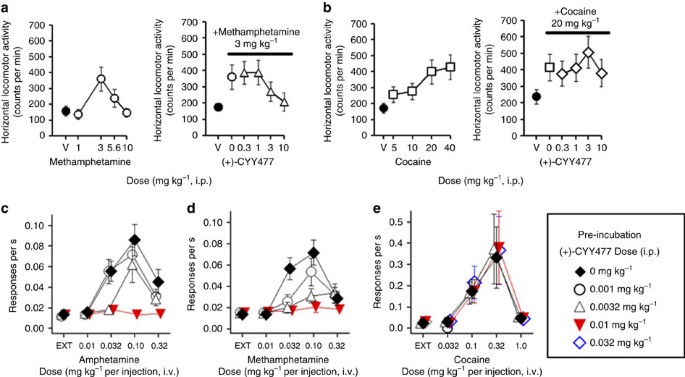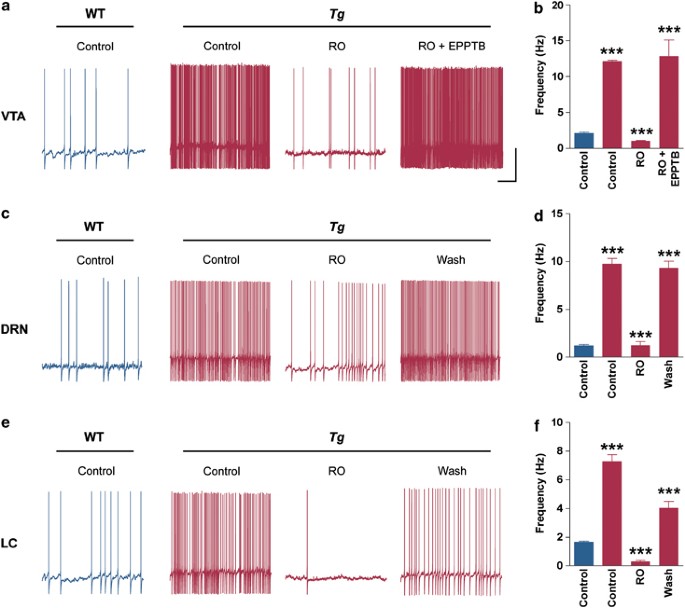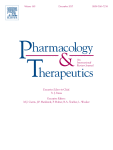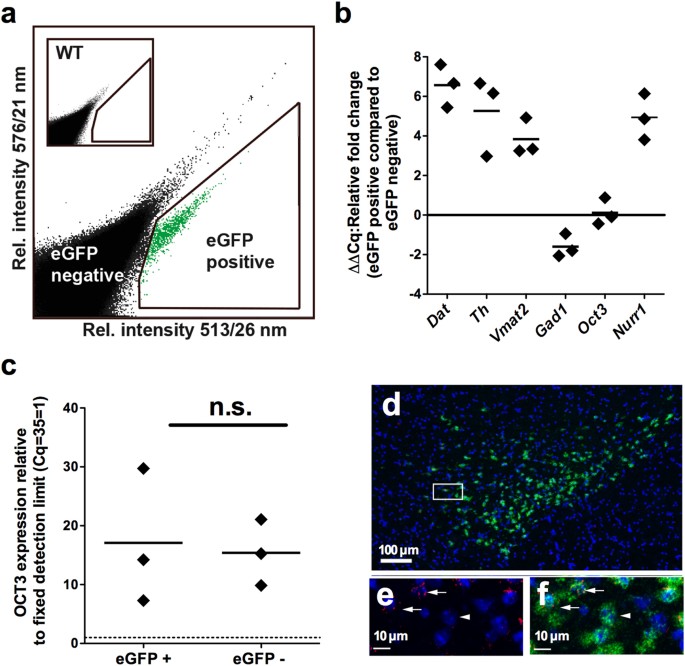So this Natur1WAe paper just dropped, and it talks about the mechanism of TAAR1 activation by amphetamine, and the modulation of dat endocytosis through g13 dependent signalling.
I have a few questions, that having some trouble wrapping my head around.
1) first, how does this factor into the vmat based dopamine release of amp? Is it driving vmat reversal (or happening in series at least) or are the two processes unrelated.
2) they mention that taar1 knockout mice are hypersensitive to amphetamine. Is this because there are more dats on the cell surface to allow amphetamine to enter the cell? If not what are your ideas?
3) since taar1 is located on interior membrane with the g protein side in the cytosol, amp needs to cross two membranes to get to it. Is it diffusing through the membranes (this doesn't make sense because pretreatment dat inhibitors will block amphetamine effect, which implies a need for tranaporters) or are there specific transporters allowing amp to get to the ligand binding face of taar1?
Also if anybody has any interesting taar1 papers I'd love to read them.
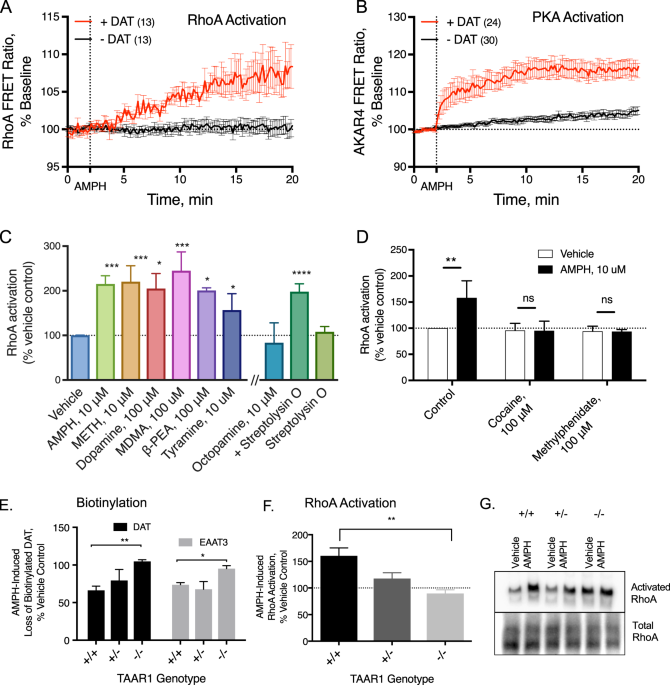
 www.nature.com
Let me know if you want a scihub link
www.nature.com
Let me know if you want a scihub link
I have a few questions, that having some trouble wrapping my head around.
1) first, how does this factor into the vmat based dopamine release of amp? Is it driving vmat reversal (or happening in series at least) or are the two processes unrelated.
2) they mention that taar1 knockout mice are hypersensitive to amphetamine. Is this because there are more dats on the cell surface to allow amphetamine to enter the cell? If not what are your ideas?
3) since taar1 is located on interior membrane with the g protein side in the cytosol, amp needs to cross two membranes to get to it. Is it diffusing through the membranes (this doesn't make sense because pretreatment dat inhibitors will block amphetamine effect, which implies a need for tranaporters) or are there specific transporters allowing amp to get to the ligand binding face of taar1?
Also if anybody has any interesting taar1 papers I'd love to read them.

Amphetamines signal through intracellular TAAR1 receptors coupled to Gα13 and GαS in discrete subcellular domains - Molecular Psychiatry
The extensive use of amphetamines to treat attention deficit hyperactivity disorders in children provides a compelling rationale for understanding the mechanisms of action of amphetamines and amphetamine-related drugs. We have previously shown that acute amphetamine (AMPH) regulates the...




